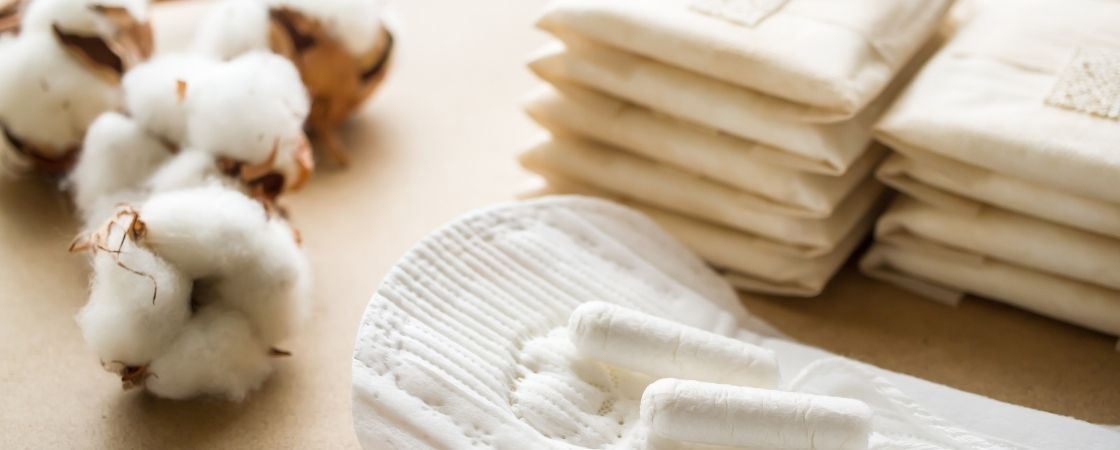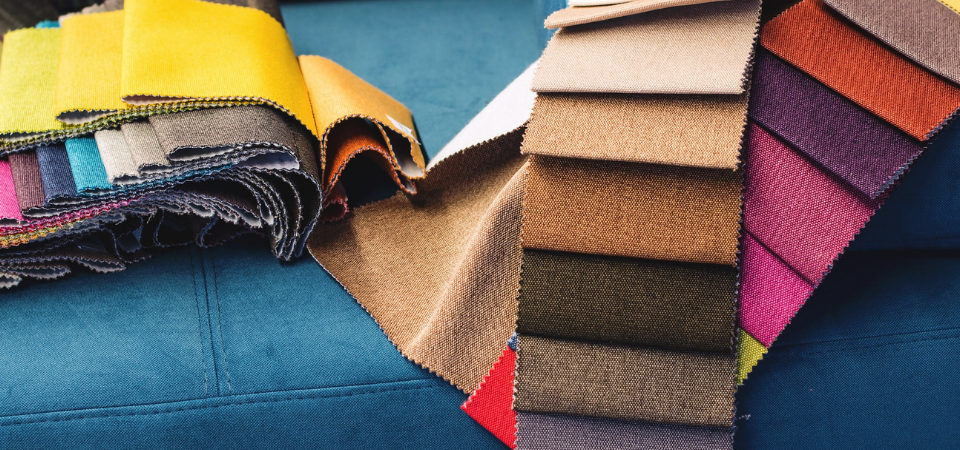
The Science of Breathable Fabrics Redefining Comfort
September 27, 2023
Different Methods of Printing in Textile with Advantages
October 3, 2023When it comes to sustainability, we need to review our preferences. It is important to realize how sustainable the products we prefer and trust in the fast fashion industry are. Traditional cotton is a healthy and quality option, but this product is unsustainable. Organic cotton production has gained importance in recent years because it is more beneficial than the properties of cotton and minimizes environmental damage while doing so. This sustainable preference considers many important details, from resource use to worker health. With the organic and natural methods used in the production, harvesting, and processing of cotton, the yield from both cotton and soil increases. This article can help you better understand this environmentally friendly approach and change your preferences in this direction.
What Is Organic Cotton?
Organic cotton is the name given to cotton grown in organic conditions, as the name suggests. Organic conditions are provided without pesticides, artificial fertilizers, or chemicals, and environmental damage to cotton production is minimized. Genetically modified cotton seeds are also not used in sustainable and renewable cotton production. This alternative, which protects both the manufacturer and the consumer, draws attention to its environmental friendliness, and its popularity has been increasing in recent years. Especially in line with the sustainable fashion understanding, fabrics obtained from organic cotton started to be used in clothing.
Why Is Organic Cotton Important?
The environmental effects of using organic cotton are undeniably important. With the help of organic production, farmers earn more, and the producer is supported. In addition, since no chemical or artificial product is used, agricultural land is not damaged, and its efficiency does not decrease. In addition, the waste of water is prevented, and biodiversity is preserved. The fact that cotton is produced under organic conditions is also an effective option for reducing greenhouse emissions. Cotton is a very healthy and preferred material for clothing. The return of preferences to organic alternatives in production is also reflected in the fashion industry, and therefore the destructive effects of cotton are minimized. This organic production, which supports the slow fashion stream in every way, is beneficial for everyone and needs to be widespread.
How Is Organic Cotton Made?
Cotton grown under organic conditions takes place differently than traditional cotton production. Organic fertilizer is mostly used during the production phase, but production does not occur consecutively. Instead, through rotation, farmers prepare the soil, and the yield of the soil is preserved. Only seeds without GMOs are used to grow, and these seeds are kept away from pesticides and various chemicals. Instead, it uses more natural methods around cotton, which is made from trap plants and useful insects. With this natural method, weeds and harmful insects that can damage cotton are controlled and do not harm cotton. Instead of intensively using water resources, agriculture is based on rainwater. Harvesting is likewise done using natural methods free from chemicals. Products such as warp fibers or corn starch are used and stabilized when processing cotton. In the final stage, the fibers come into shape and are ready to be woven into thread. The whole process is environmentally friendly and supports sustainable agriculture and fashion.
Why More Sustainable?
Sustainability means that the actions taken today are done with future results in mind. Every decision made today has the power to greatly influence the future, and with sustainable preference, it makes it easier for the future to be like today. When doing organic cotton production, labor is protected, the farmer offers a fair price, soil health is respected, and productivity is maintained through rotation. In addition, environmentally friendly methods are followed in the procurement process. Production in this way is sustainable because everyone involved manages the process with sustainable preferences, and it is very important that it becomes widespread.
Better for the Environment?
This type of production is environmentally friendly as well as sustainable compared to traditional cotton. In traditional cotton production, a serious amount of water is used. An average of 2 thousand liters of water are needed even to produce a cotton t-shirt. Another problem is the reduction of soil fertility with a range of chemical and artificial fertilizers. Harmful pesticides and fertilizers both reduce the fertility of the soil and threaten the health of workers. Organic cotton blocks all these processes and minimizes the damage caused by traditional cotton to the environment. Greenhouse gas emissions are reduced, wastewater is treated, and the ecosystem is protected by a number of other similar methods.
Organic Cotton vs. Regular Cotton
Cotton produced in organic conditions has an important place in clothing because it differs greatly from traditional cotton. When an outfit is produced with traditional cotton, a large proportion of water is wasted, and more resources are required. Approximately 91% less water is used in organic production.
Traditional cotton is a cheap alternative and can be produced quickly, while in organic production, the process is both longer and more costly. However, organic production stands out given its environmental impacts.
The best option to maintain soil fertility is organic production. Seeds, chemicals, and artificial fertilizers with GMOs are not used. Yield and biodiversity increase as it avoids any product that will reduce soil quality.
One of the most commonly used fabrics in textiles is cotton. Cotton produced by organic means is more durable and a softer option. During harvesting and processing, traditional cotton is exposed to many chemicals, so the threads become weaker. On the contrary, it becomes a more durable and powerful alternative due to the conditions for growing it.
Interesting Facts About Organic Cotton
This natural fiber draws attention with its properties and aspects that decompose like traditional cotton. For example, traditional cotton is known to draw some, but organic cotton does not. Although it is among the most breathable fabrics, its organic state is much more advantageous in this regard. It is a highly flexible and long-lasting option, but unfortunately, it is more expensive. When all processes are followed naturally and no chemicals are used, they can be completely disintegrated in nature in as little as 6 months. This is a prominent feature in reducing environmental damage. Just like recycled cotton, cotton obtained as a result of organic production is sustainable and environmentally friendly.
Where to Find Organic Cotton Products
It is quite easy to find products with organic cotton in their content; all you need to do is choose a sustainable brand and read labels. This cotton can be used in many products, just like traditional cotton. It is possible to see it in clothing products such as t-shirts, jackets, shirts, and trousers. In addition, these organic threads are used in home textiles such as bed linen and bathroom products. Choosing reliable brands is a way to make sure that the product you buy is made of organic cotton.
Alternative Fabrics to Cotton
Producing a strong, breathable, and long-lasting fabric like cotton is either too expensive or causes great damage to the environment. In contrast, the same quality and comfort can be found with alternative fabrics. At this stage, fabric factories reveal many different types of fabrics woven from different threads. Different fabric options, both environmentally friendly and healthy, can be offered as an alternative to cotton.




